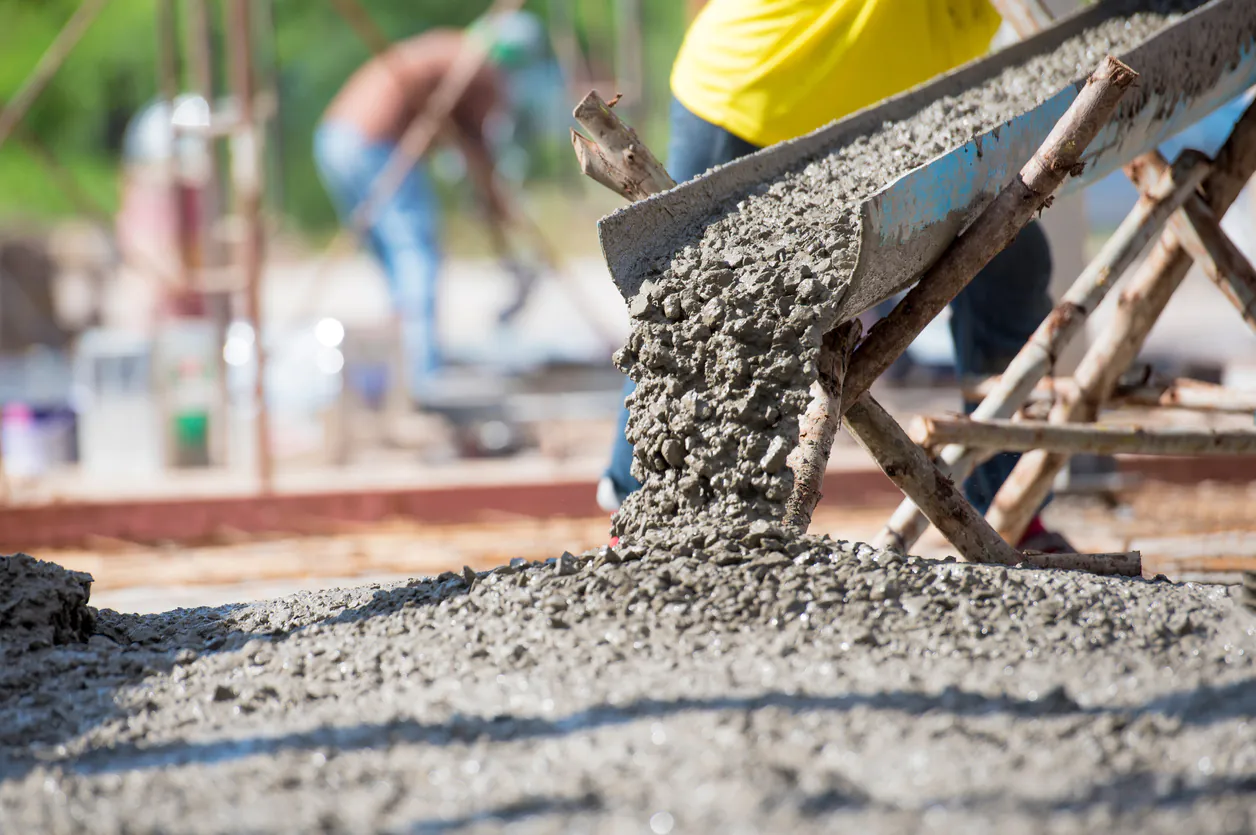March 18th, 2024

Concrete stands out as a pivotal and adaptable construction material, particularly as urban areas expand in size and complexity, sustaining a persistent demand for durable, cost-effective, and eco-friendly solutions.
However, selecting the appropriate concrete type for your construction ventures is not a straightforward task. Here's a concise guide to help you navigate the process effectively.
Determining the volume of concrete required for a specific construction element involves multiplying its length, width, and height (L x W x H). Standardizing measurements into common units is essential for accurate calculations. Various online concrete calculators are available to assist in estimating the weight and volume of concrete needed for diverse projects.
When computing concrete volume, consider crucial factors such as the structure type and mixing design. Different structures demand specific concrete types, with high-rise buildings necessitating stronger concrete and pavements requiring a distinct mix. Additionally, factors like cement, sand, aggregate proportions, and reinforcement influence the concrete volume required.
Concrete exhibits diverse strength properties, each catering to different requirements for various applications. Key strength types include:
Compressive Strength: This measures a concrete mixture's resistance to loads causing material contraction. It's typically assessed in pounds per square inch (psi) and is crucial for determining a mix's suitability for a particular job.
Tensile Strength: Concrete's ability to withstand tension-induced breaking or cracking influences the occurrence and magnitude of cracks in structures. Compared to compressive strength, concrete's tensile strength is lower, necessitating reinforcement with materials like steel.
Flexural Strength: Indirectly assessing tensile strength, flexural strength gauges a concrete slab or beam's capacity to resist bending. It's typically a fraction of compressive strength, varying with the concrete mix.
Several factors contribute to concrete strength, including:
Water/Cement Ratio (w/cm): This ratio impacts concrete strength, with lower ratios resulting in stronger but less workable concrete. Achieving the right balance is crucial to maintain both strength and workability.
Proportions: Proper mixing of water, cement, air, sand, gravel, and stone aggregate is vital for enhancing concrete strength. Imbalances may lead to issues like cracking or porosity.
Mixing: Optimal mixing time is essential, as prolonged mixing can lead to water evaporation and particle development, affecting concrete robustness.
Curing: Ensuring adequate moisture during curing enhances concrete strength over time. Special precautions are necessary for curing concrete in extreme temperatures.
In essence, selecting the right concrete involves considering structural needs, mix design, and strength requirements, alongside accurate volume estimation and meticulous attention to mixing and curing processes.